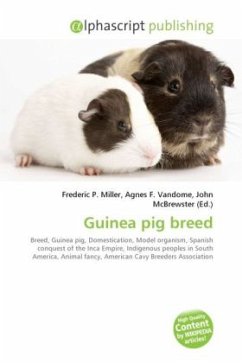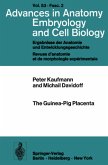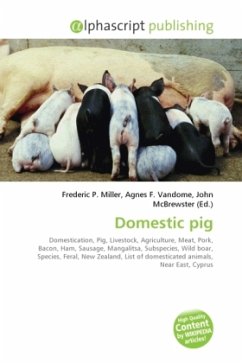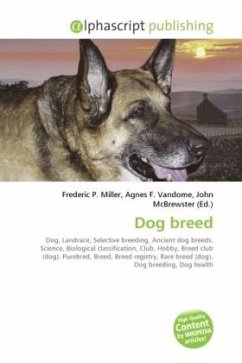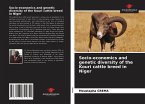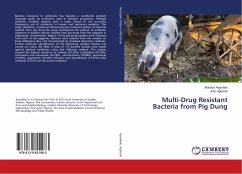High Quality Content by WIKIPEDIA articles! There are many breeds of Guinea pig which have been developed since its domestication ca. 5000 BC. Breeds vary widely in appearance and purpose, ranging from show breeds with long, flowing hair to those in use as model organisms by science. From ca. 1200 AD to the Spanish conquest of the Inca Empire in 1532, selective breeding by indigenous South American peoples resulted in many varieties of domestic guinea pigs, which form the basis for some of the modern domestic breeds. Early Andean breeds were primarily kept as agricultural stock for food, and efforts at improving the Guinea pig as a food source continue to the modern era. With the export of Guinea pigs to Europe in the 15th century, the goal in breeding shifted to focus on the development of appealing pets. To this end, various competitive breeding organizations were founded by fanciers. The American Cavy Breeders Association, an adjunct to the American Rabbit Breeders Association, is the governing body in the United States and Canada. The British Cavy Council governs cavy clubs in the United Kingdom. Similar organizations exist in Australia (Australian National Cavy Council) and New Zealand (New Zealand Cavy Club).
Bitte wählen Sie Ihr Anliegen aus.
Rechnungen
Retourenschein anfordern
Bestellstatus
Storno

